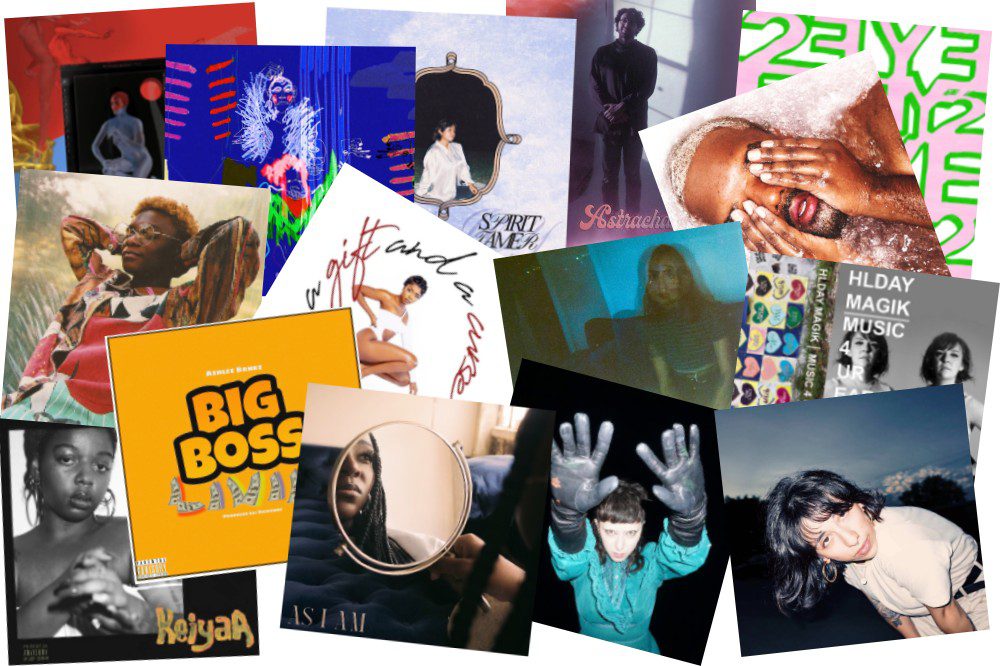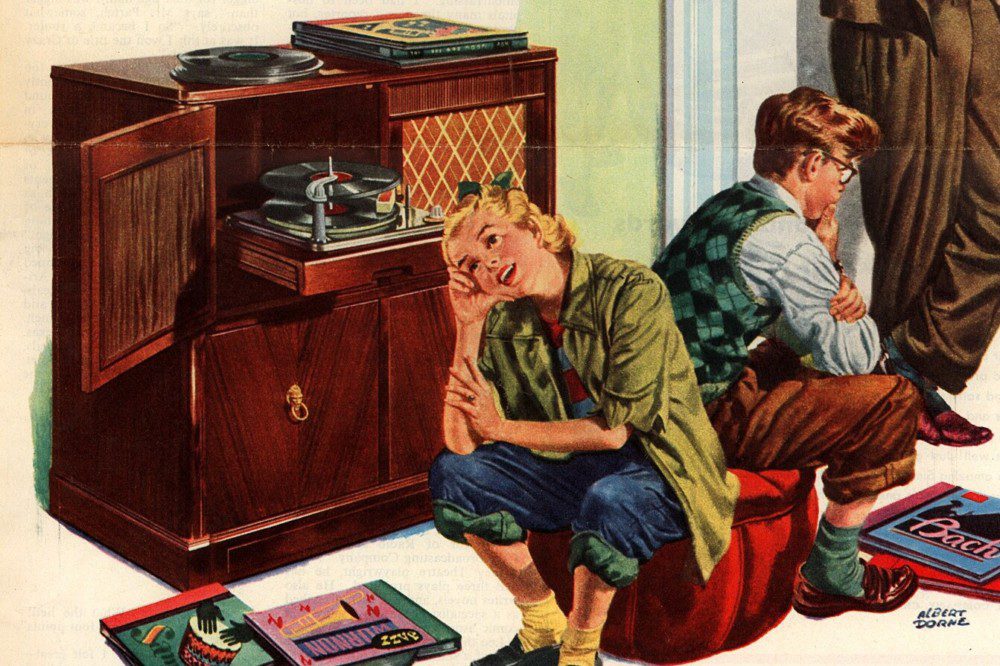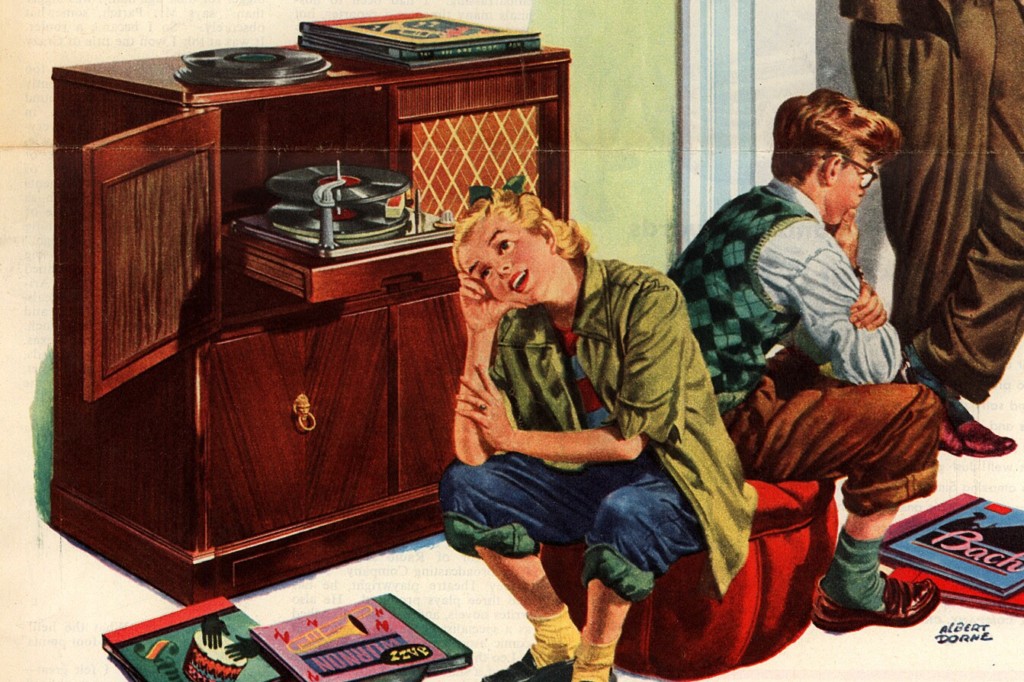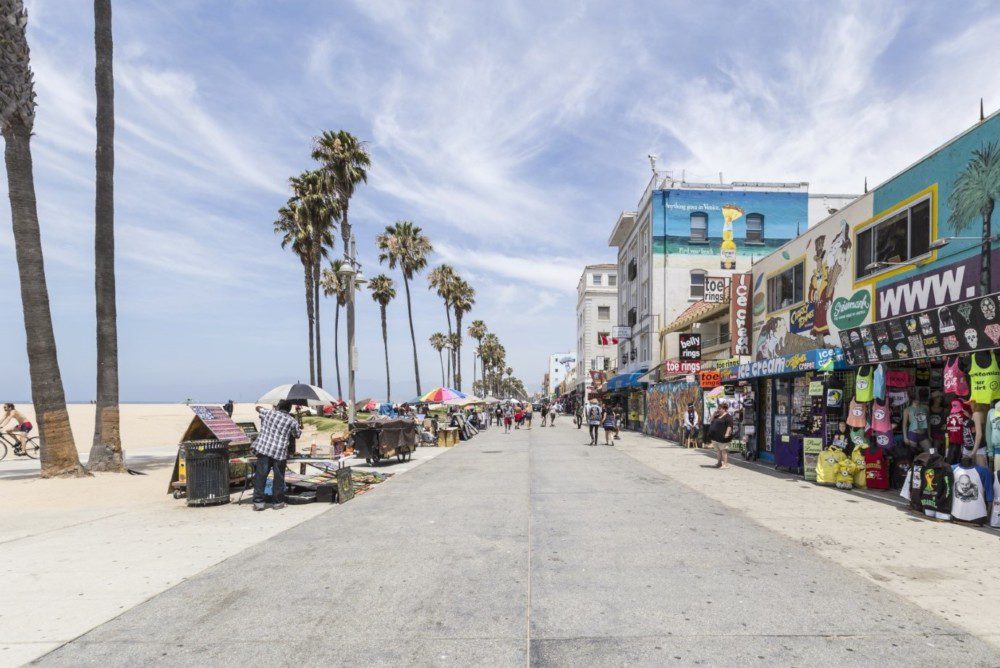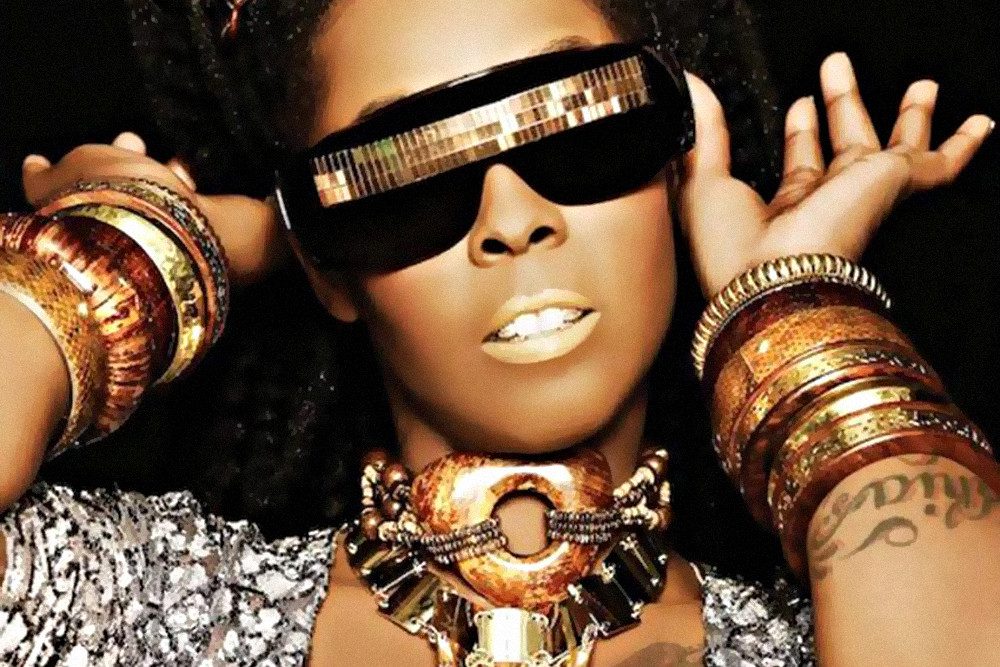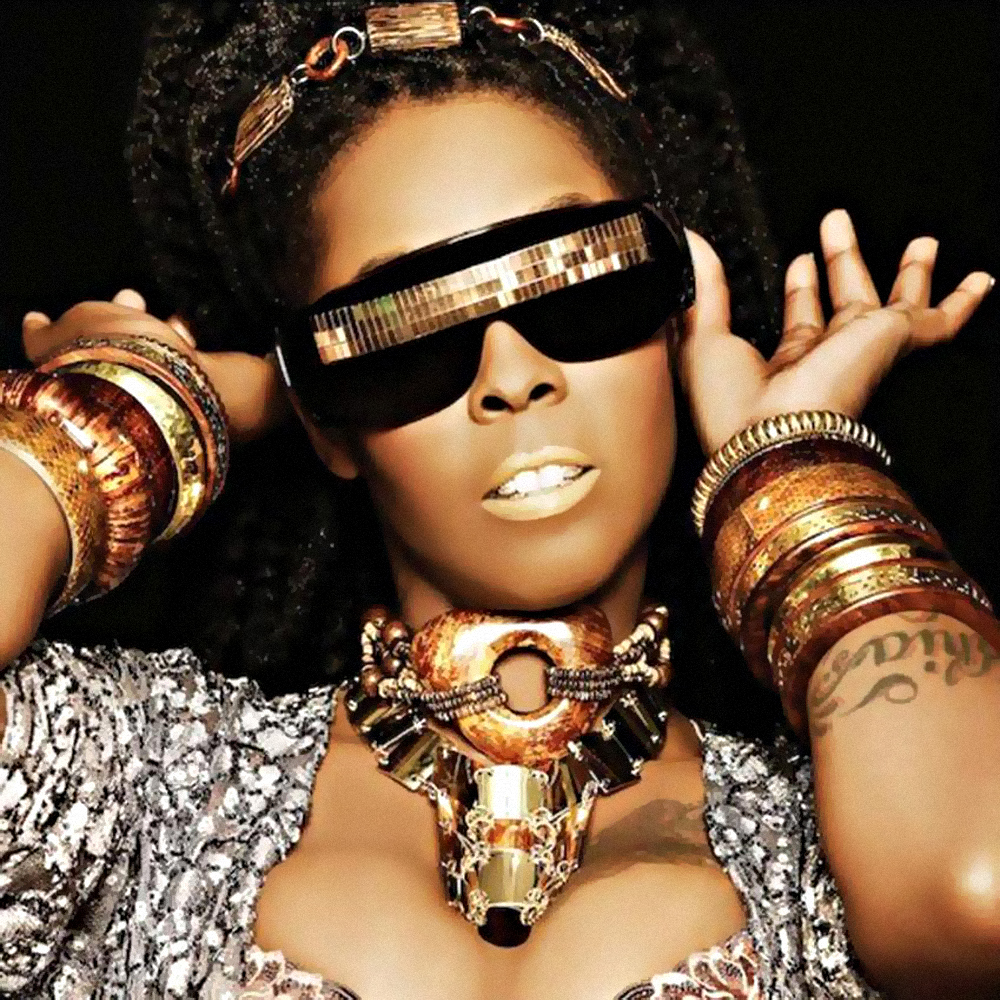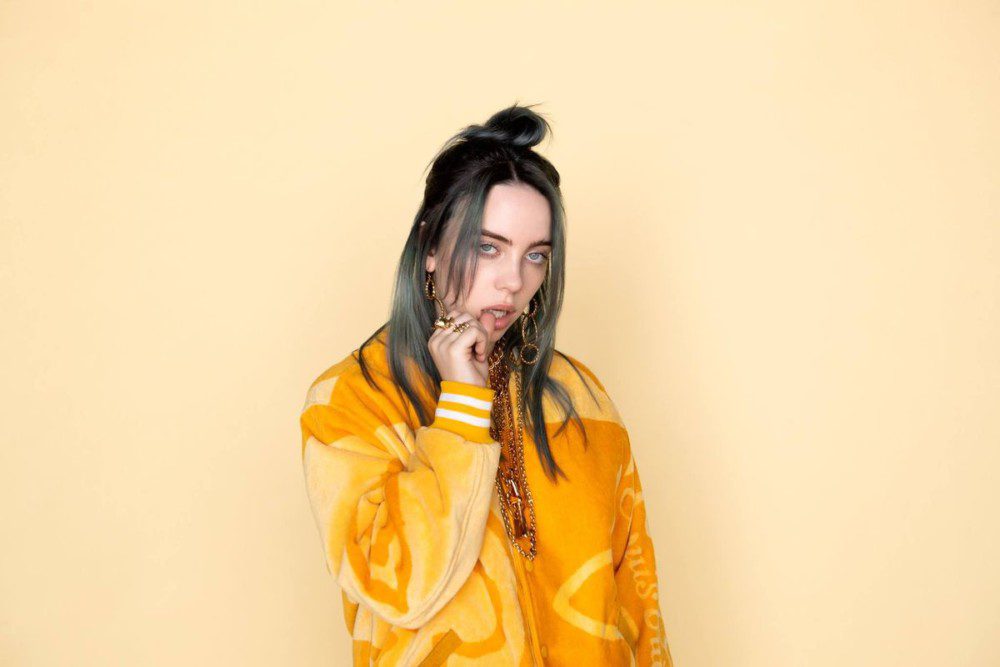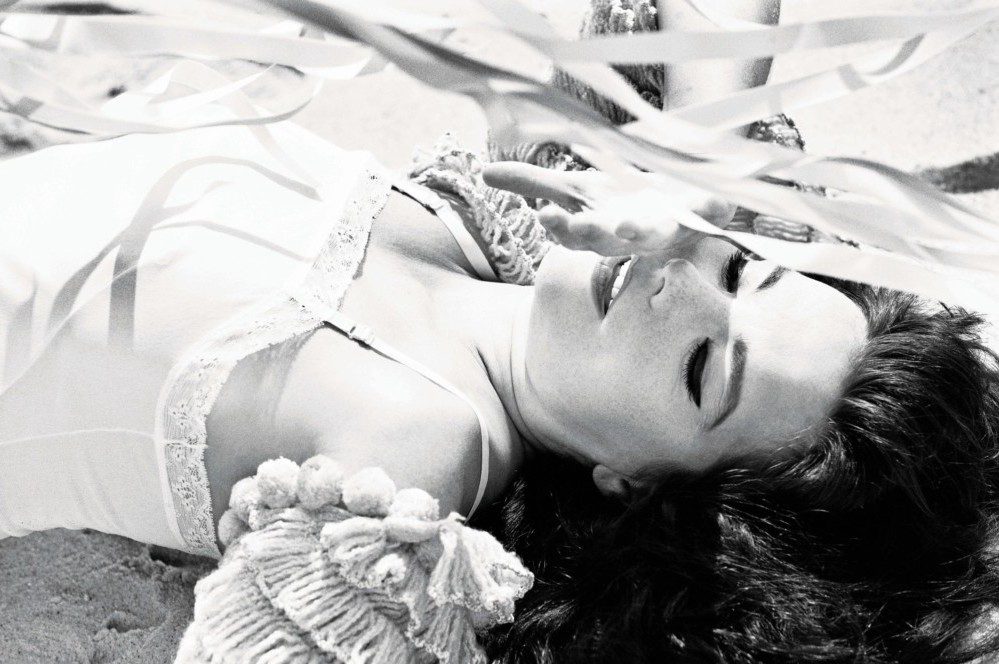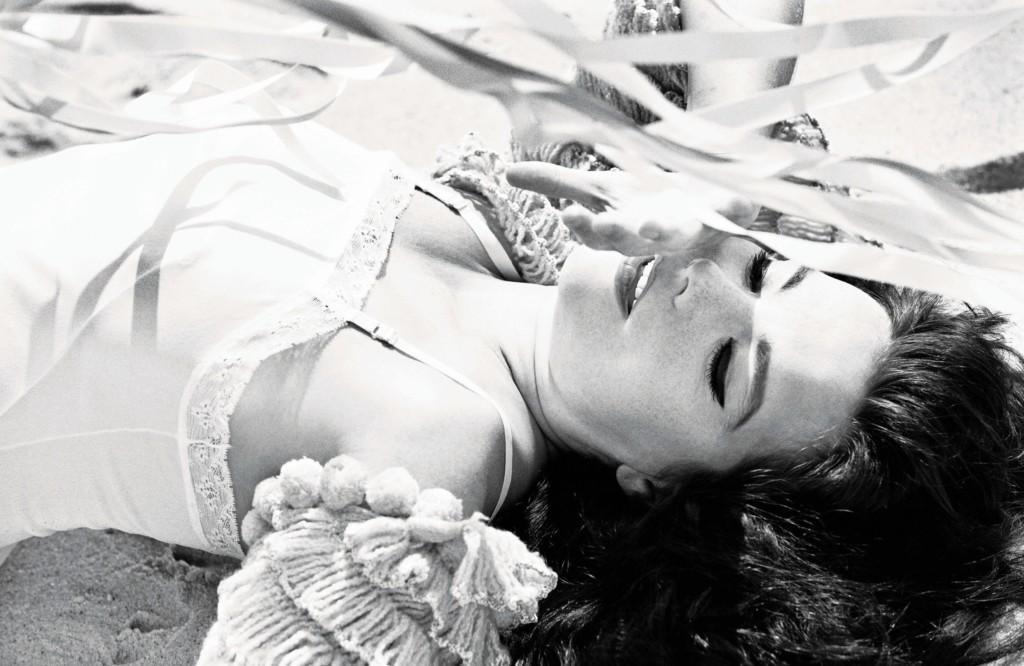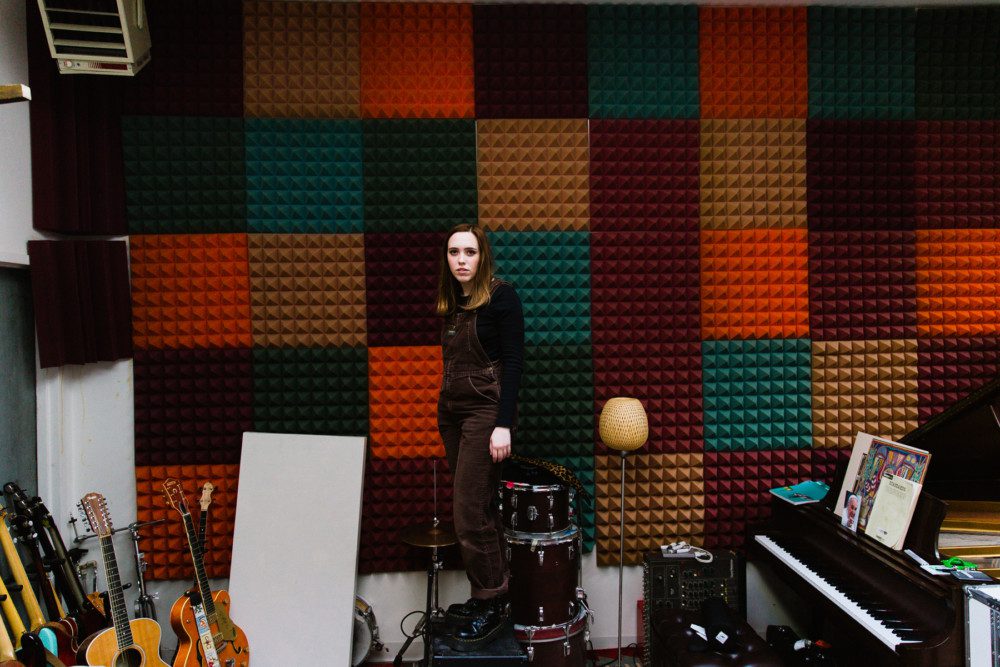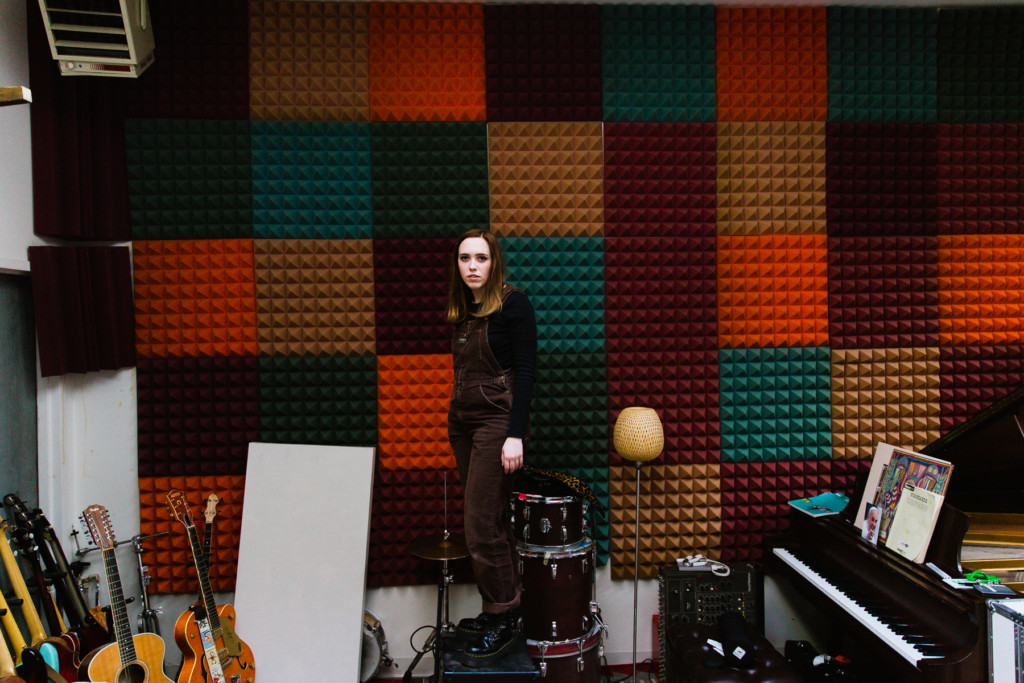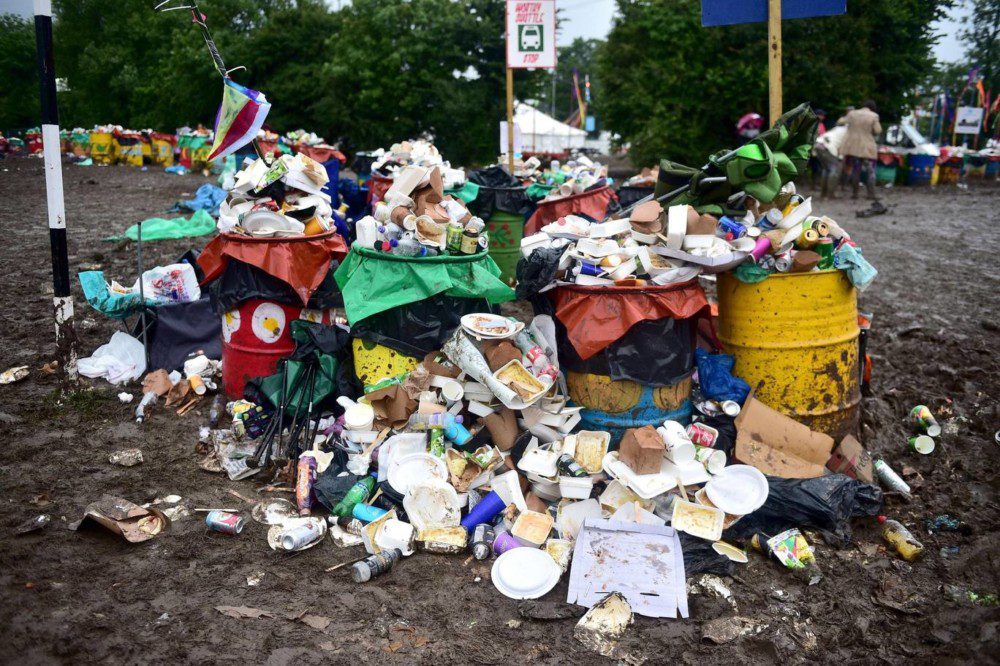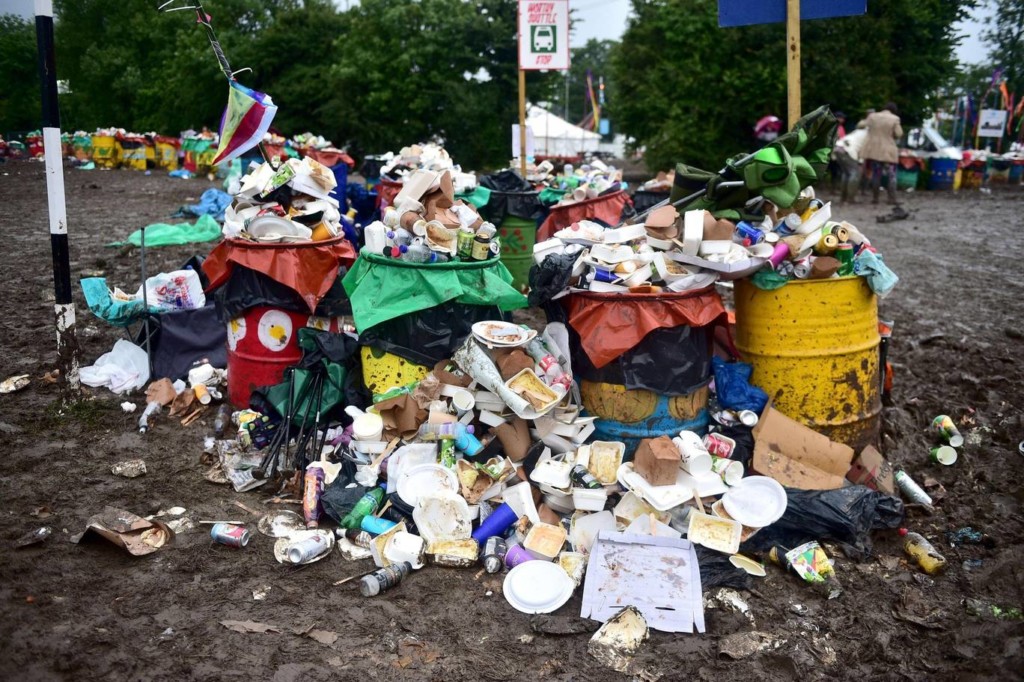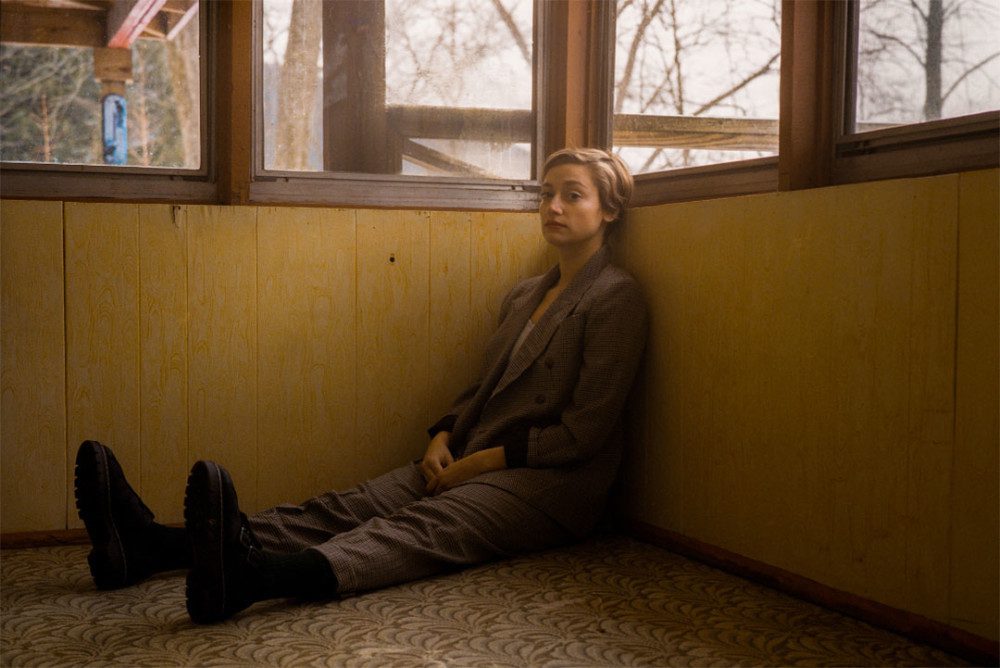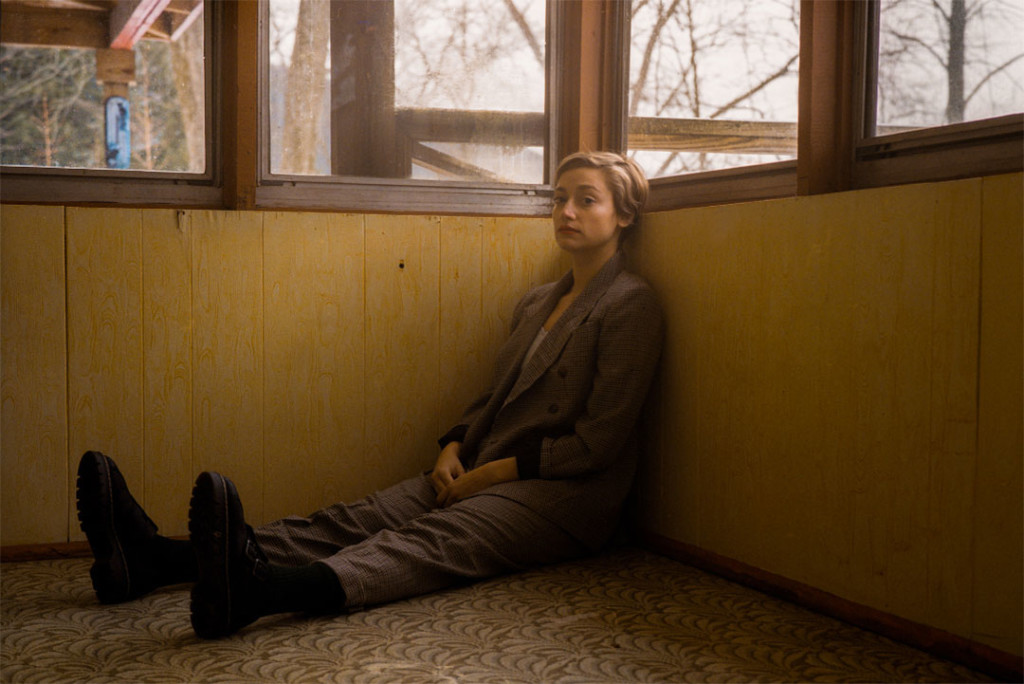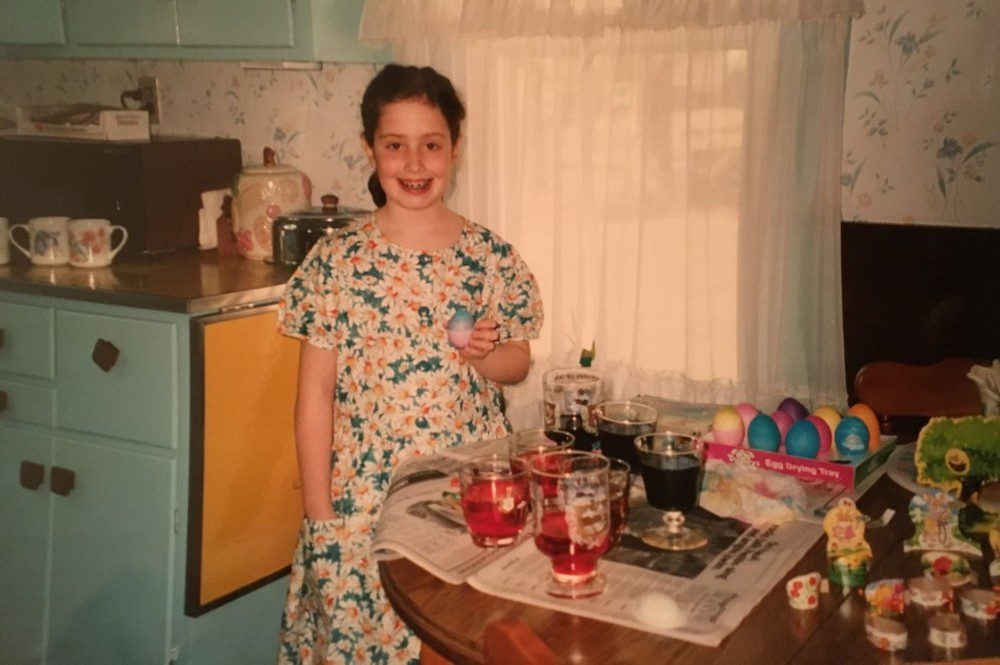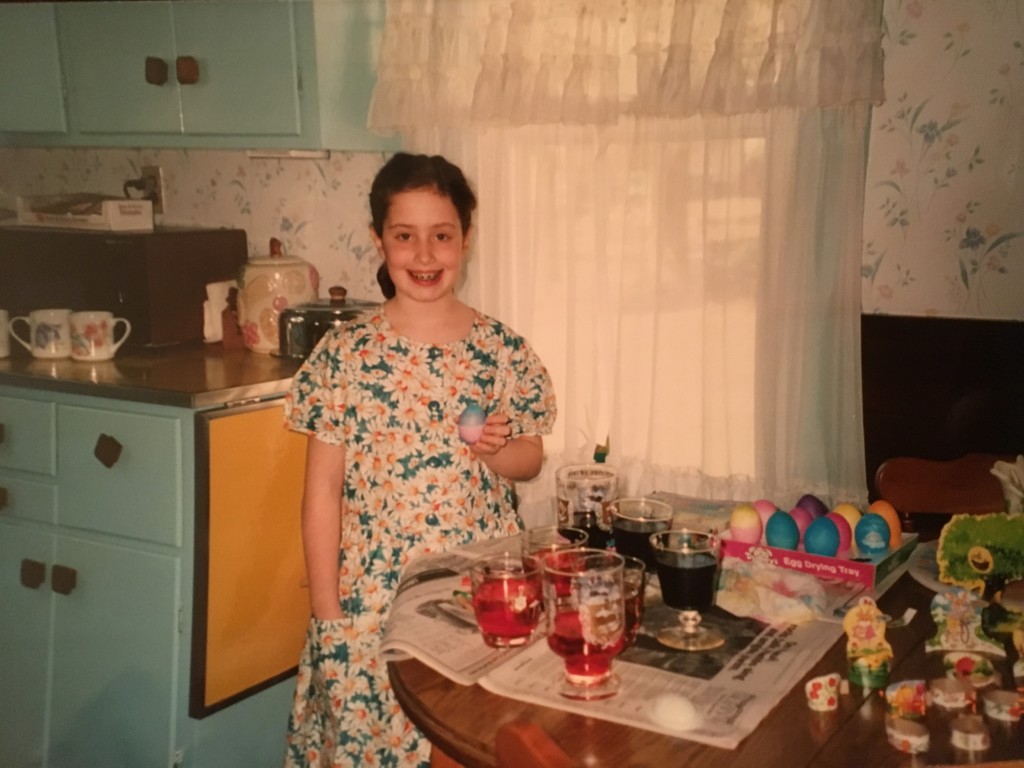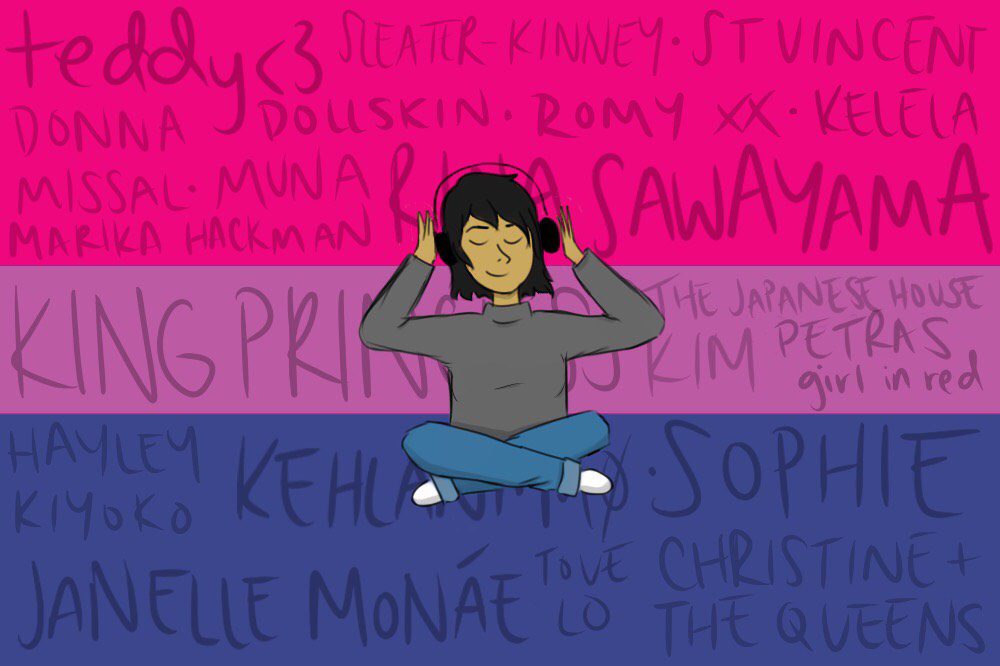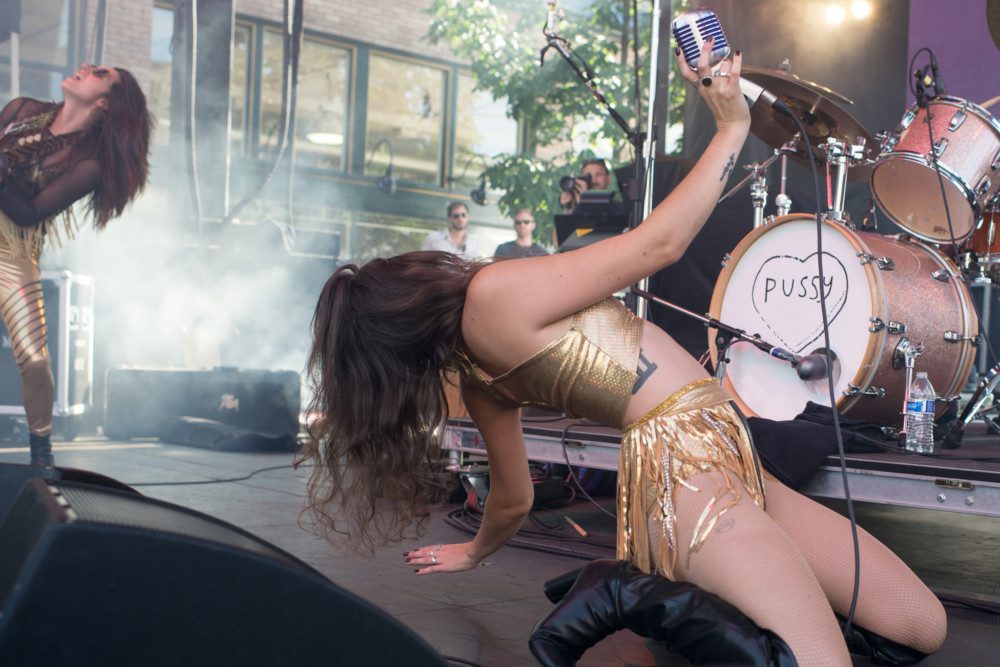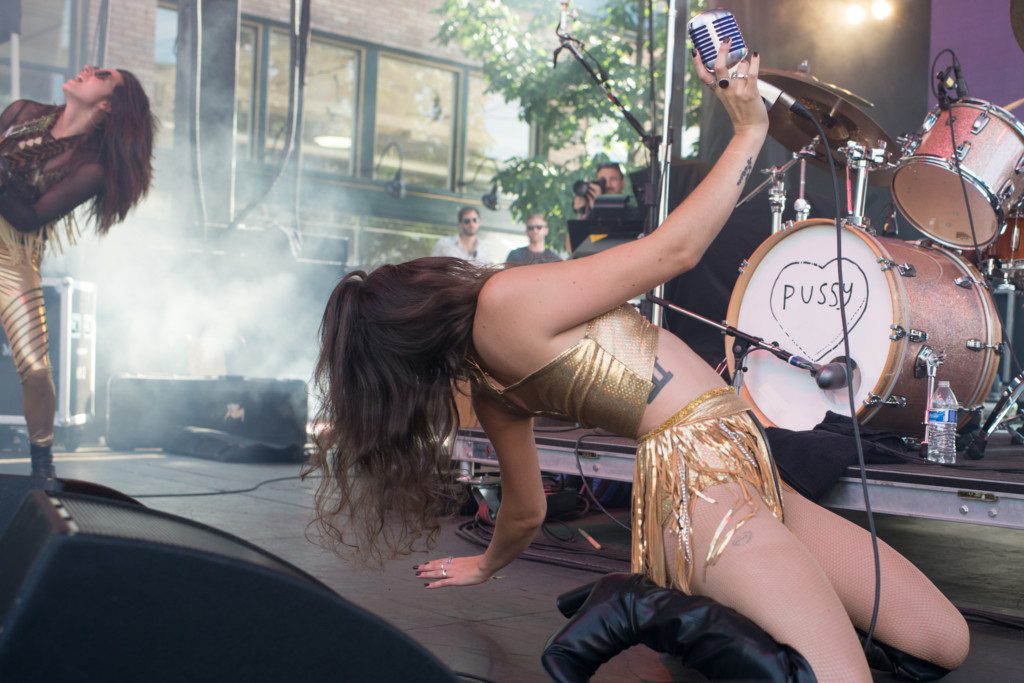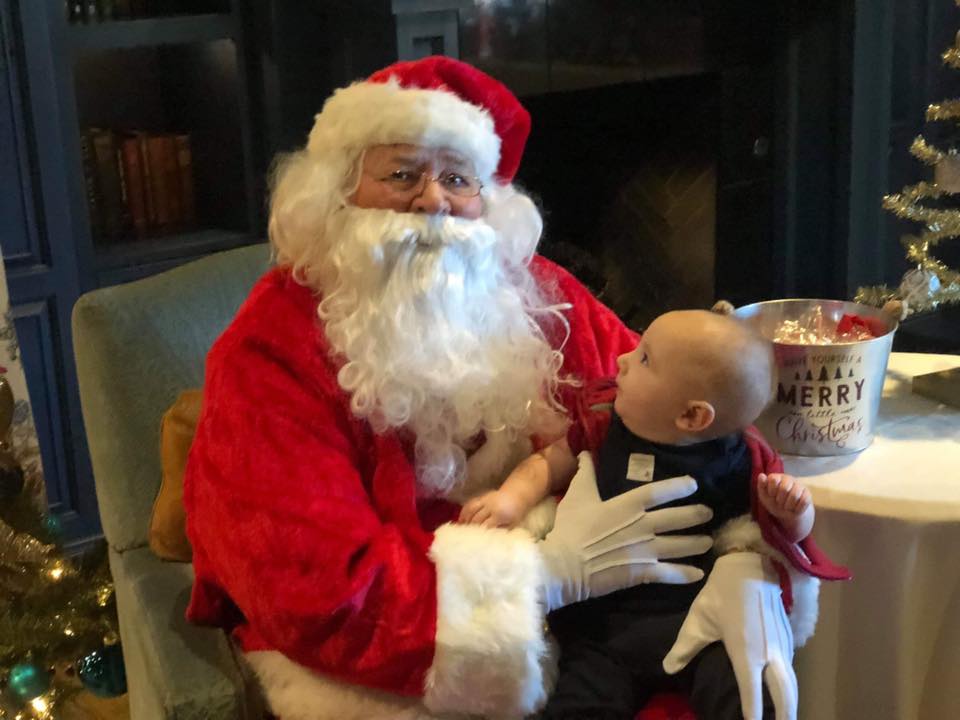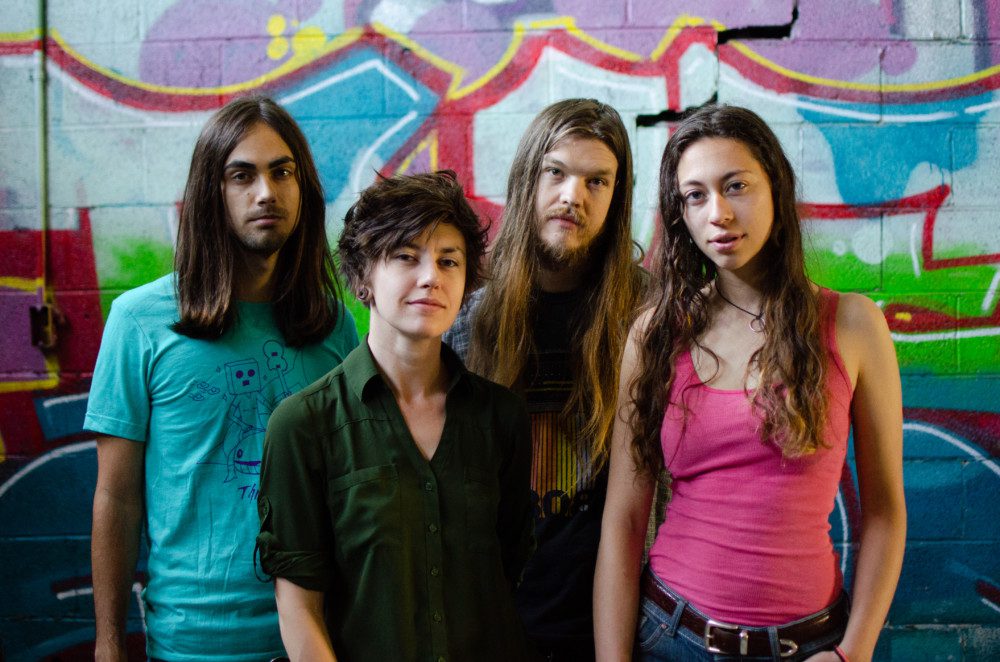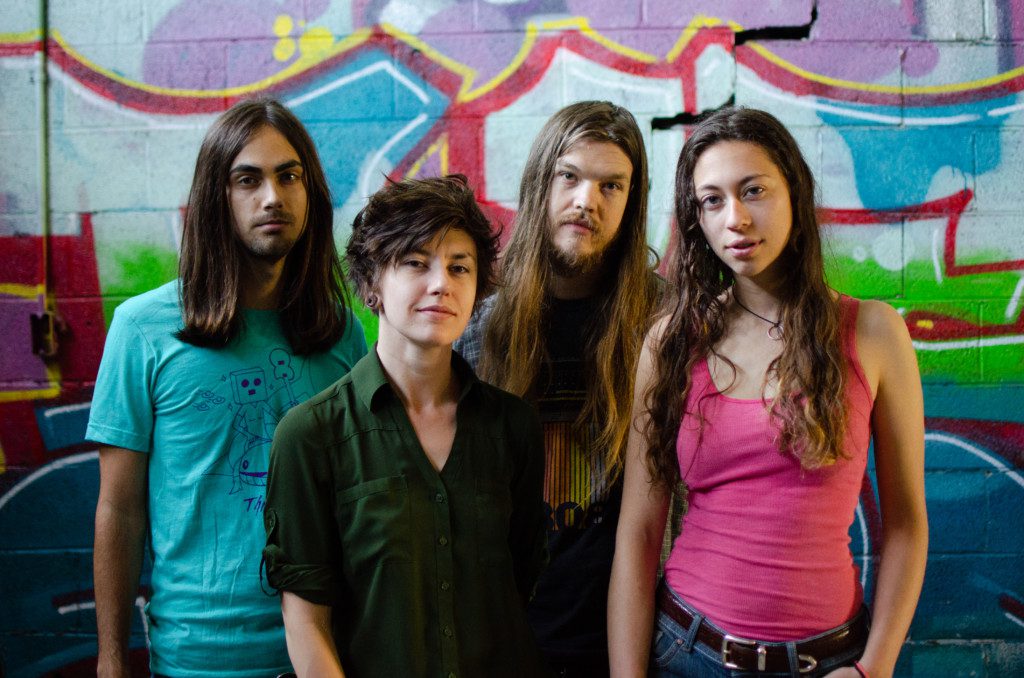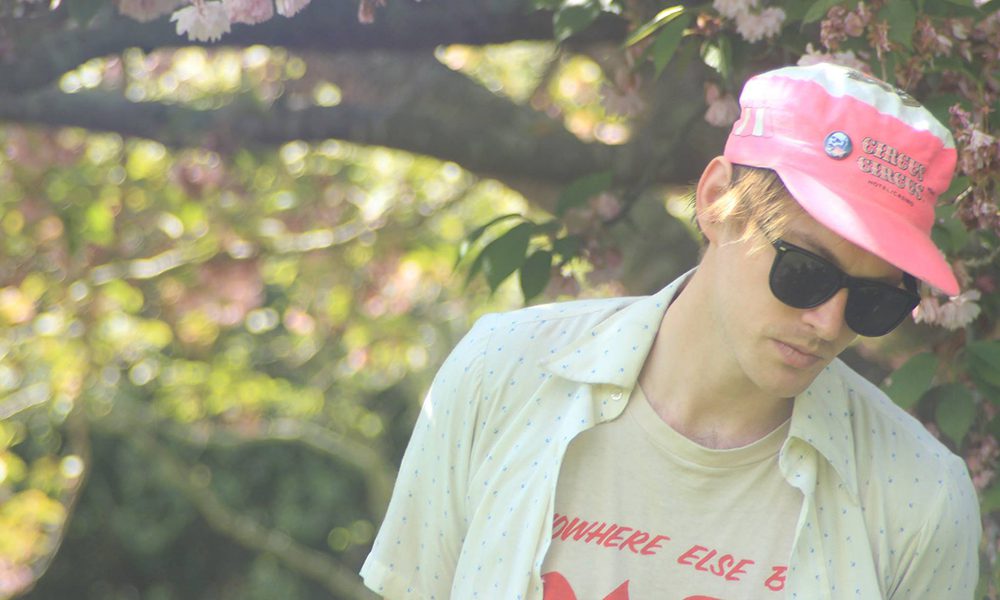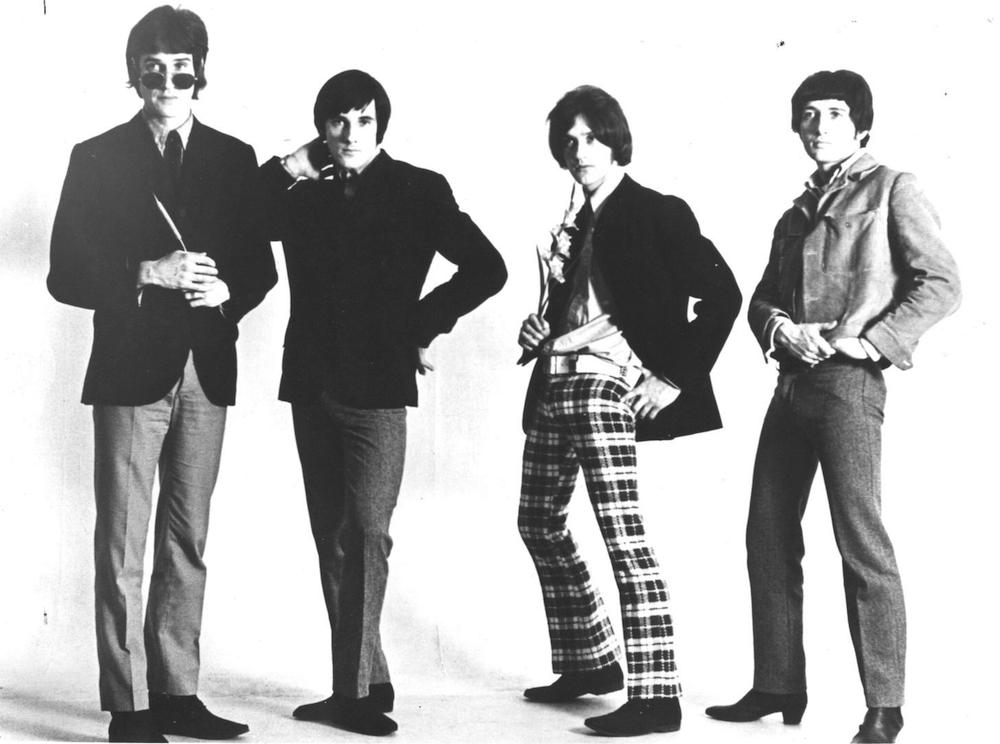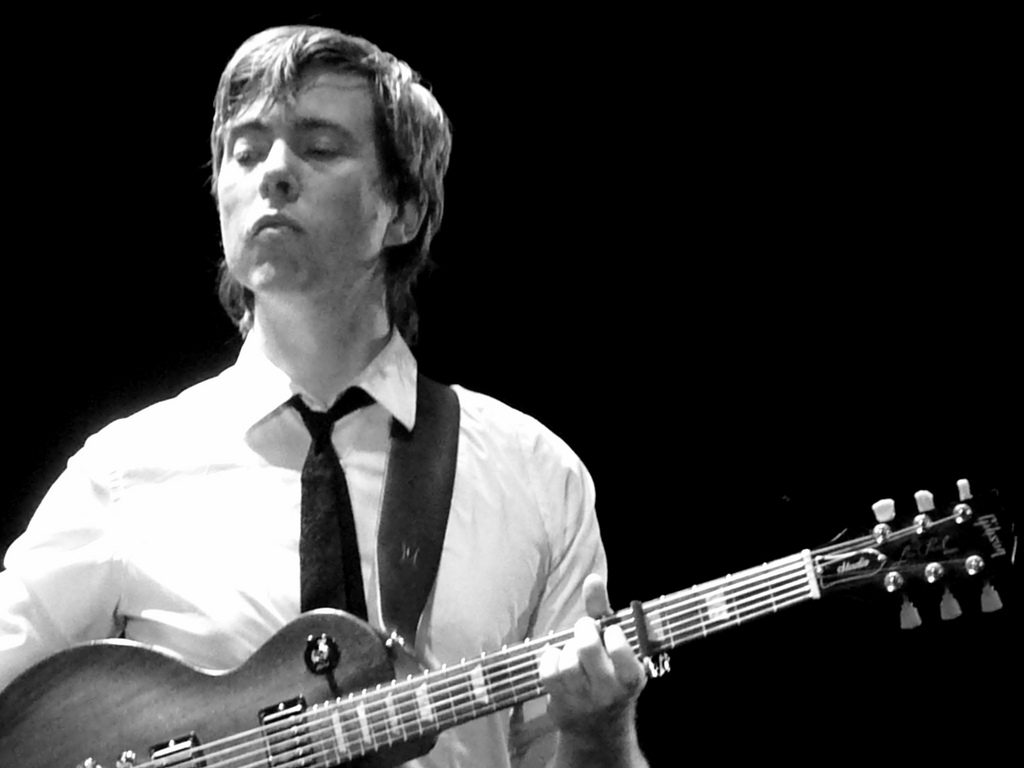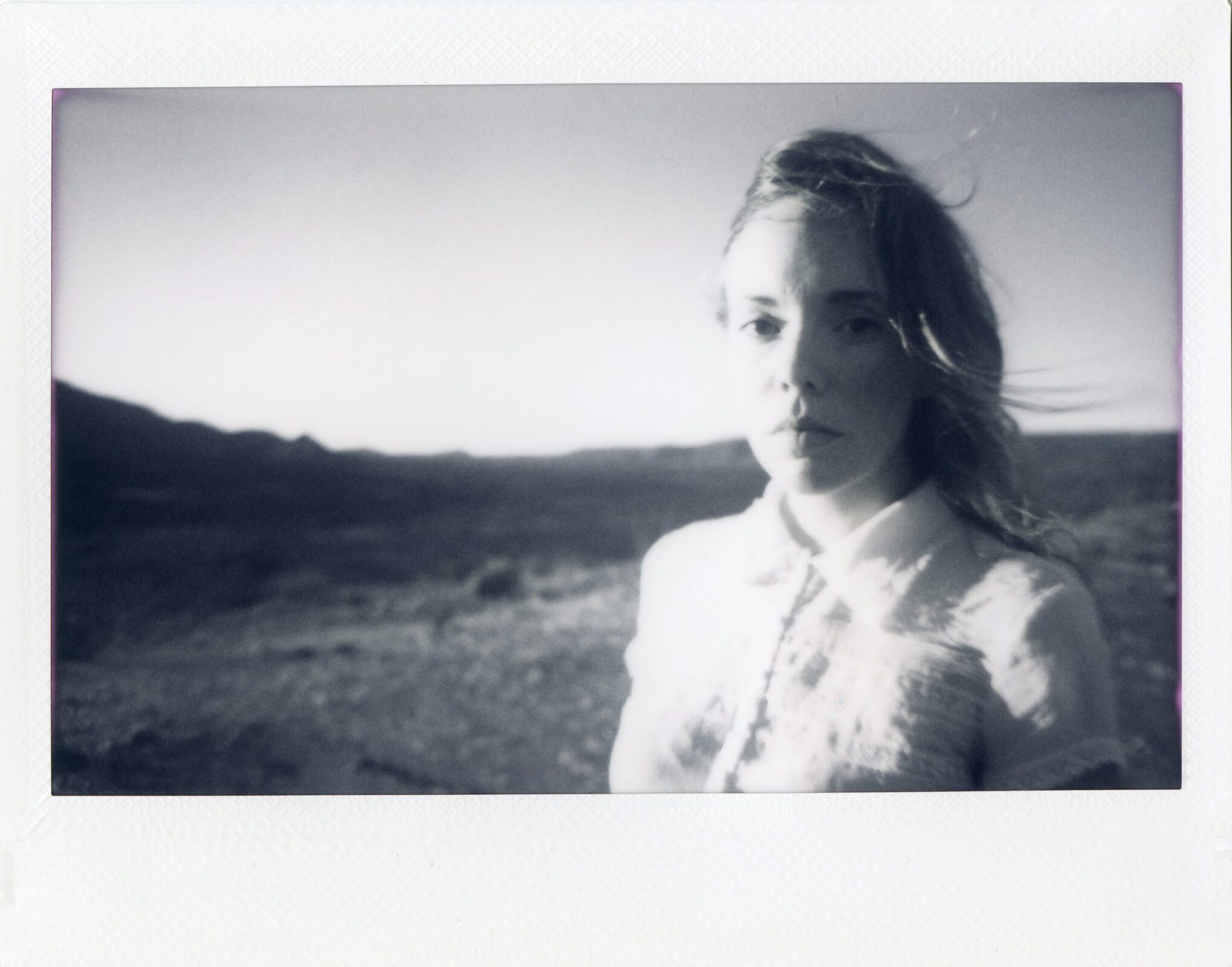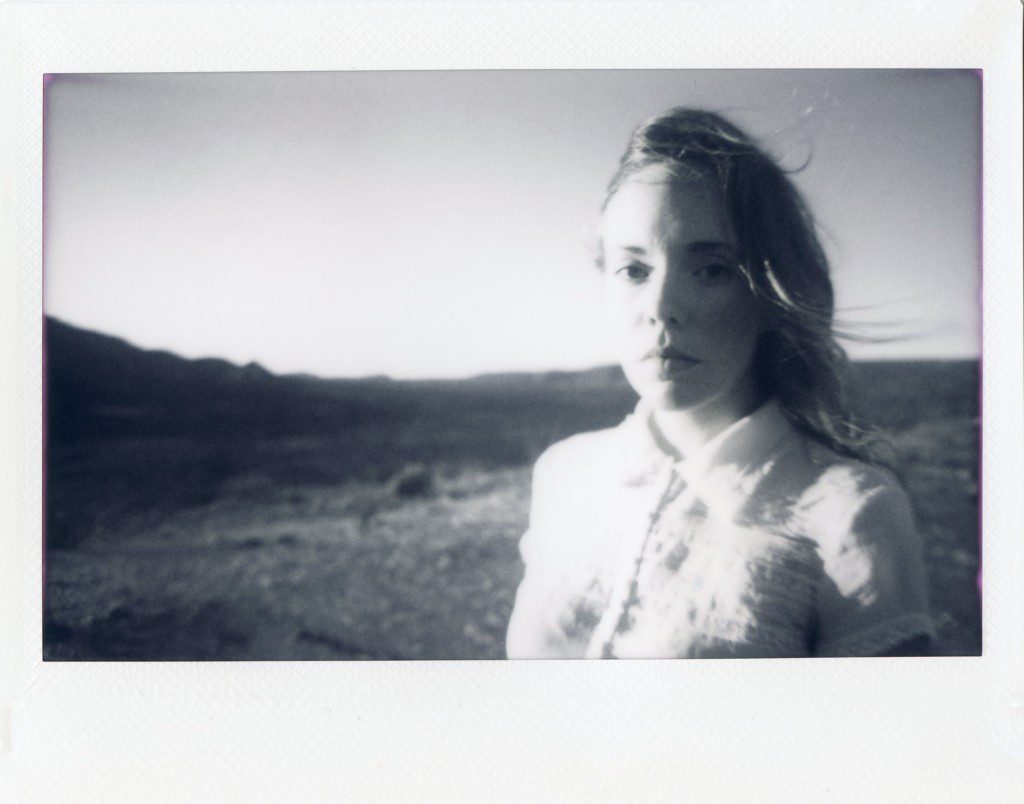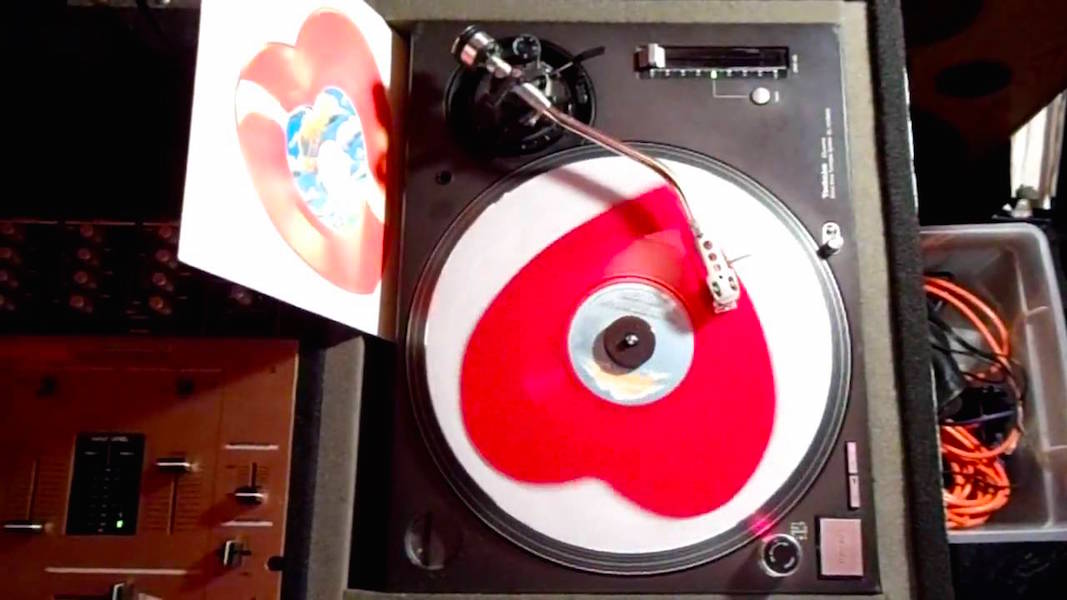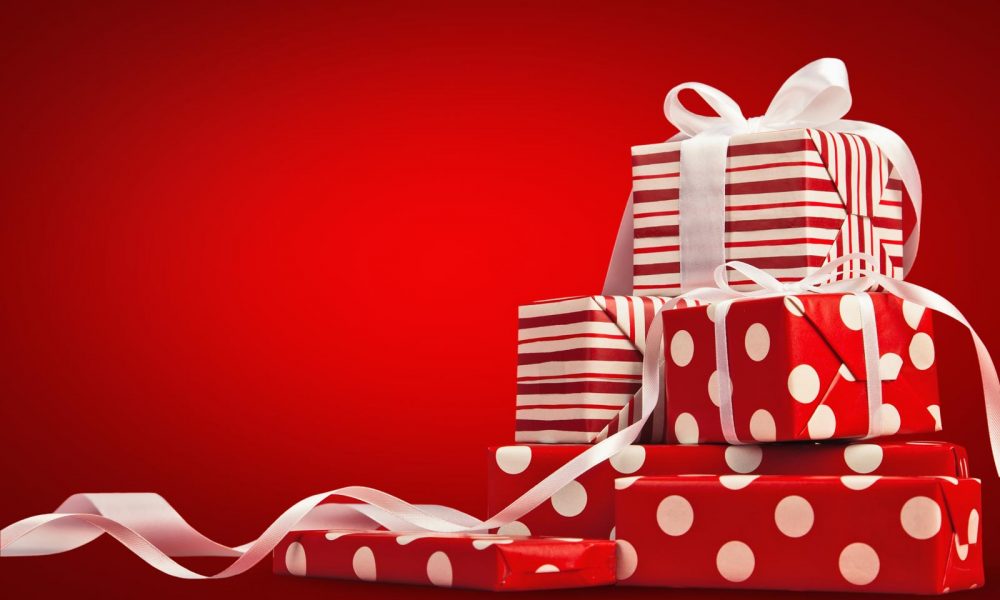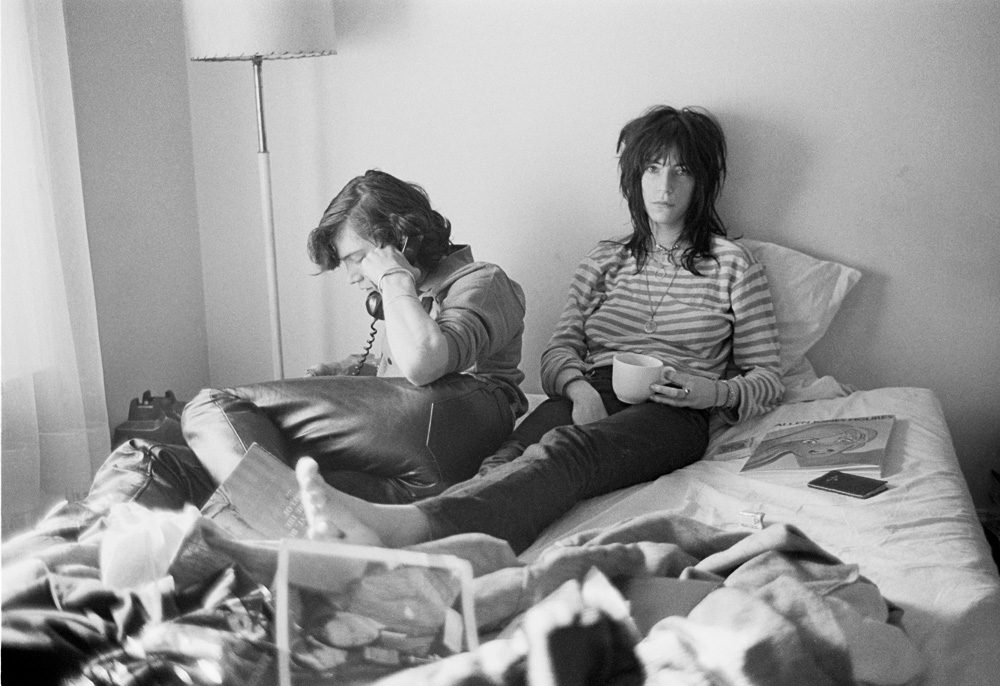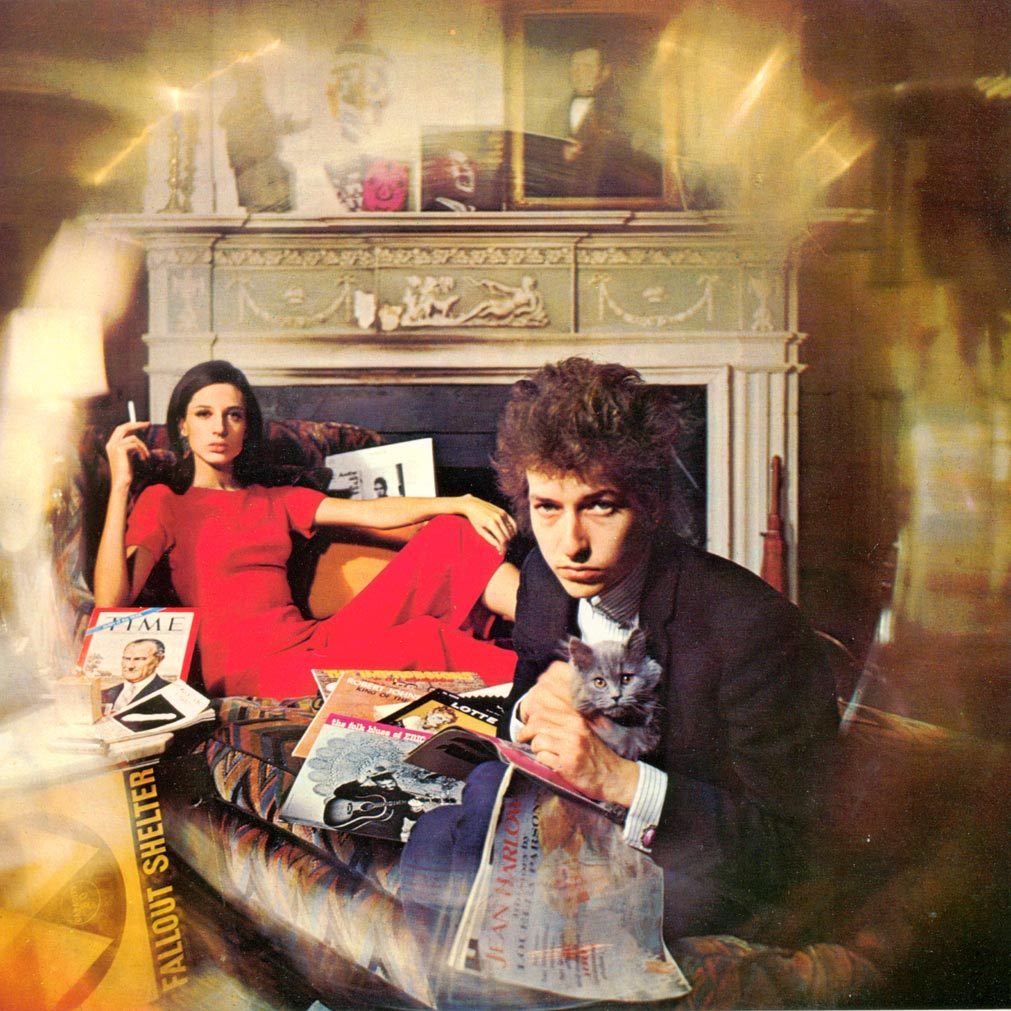That Brunette Celebrates New Single “Capricorn Moon” with a Song for Every Star Sign
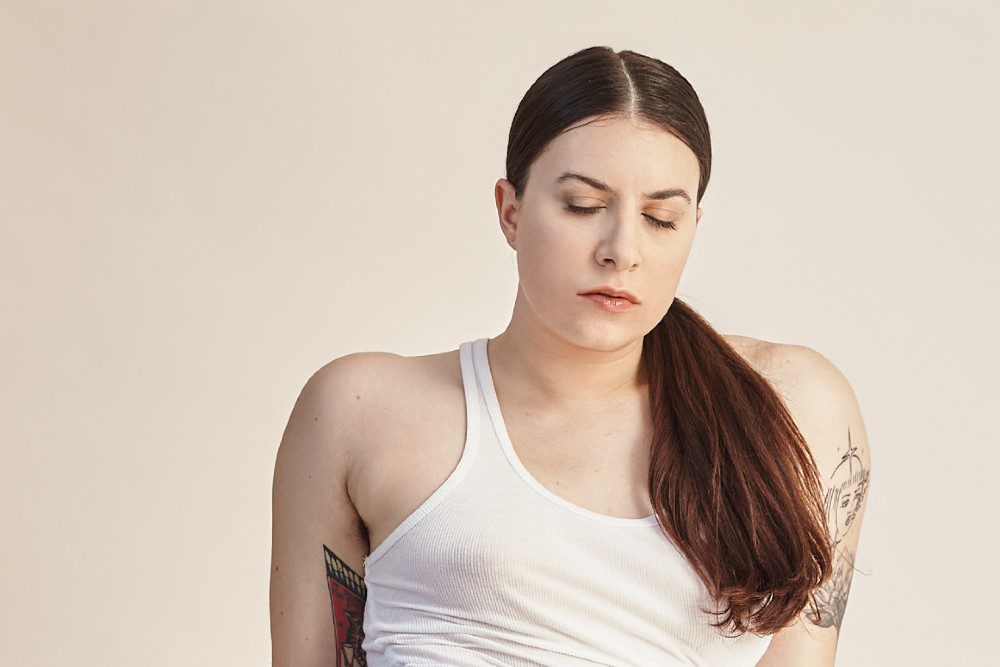
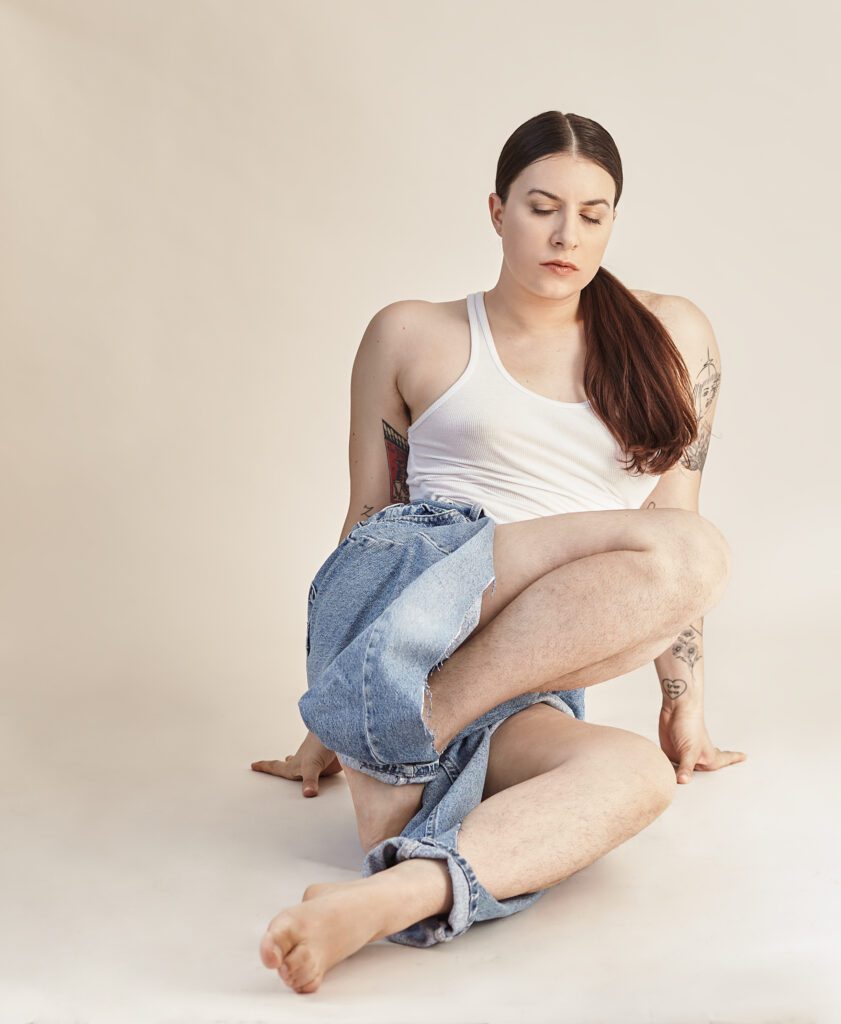
Like your personal life coach, Audiofemme favorite Madeline Mondrala has returned with a new That Brunette jam called “Capricorn Moon,” and it’s all about rebirth, reframing negative thought patterns, and tapping into creative energy. “The sign of Capricorn is known for its practicality, self discipline, ability to build strong foundations, and impeccable work ethic,” she explains. “New moons mark the beginning of new cycles so I think the combination of those energies in tandem with the state of my personal growth at the time allowed me to see my negative thoughts for what they were; thoughts. It felt like a veil was lifted and I was able to interpret my life and myself from a perspective of love rather than judgement.”
Written during a new moon in Capricorn, and recorded with her friend and producer Ariel Loh (Yoke Lore, Drinker, Cape Francis, Gold Child) at his home studio in Queens, “Capricorn Moon” bursts with positive, motivational vibes. “All I needed was a little time,” repeats That Brunette’s breathy vocals before detailing the steps of her emotional growth: “Excavation/It’s the death of old perception/Took the long way/Wasn’t easy/Trusted in my intuition.”
That Brunette says the song is about shifting your perspective from negative to positive in the wake of a personal failure. “It tells the story of my path to forgiving my past self in order to love my present self. I learned when life pulls you apart, it’s an opportunity to put the pieces back together in a new, beautiful way,” she says.
“It describes a mental shift that took place for me when I decided to move away from self loathing and into self love and acceptance. Something about the Capricorn energy at the time gave me so much clarity and motivation to turn the page and enter the next phase of my life with confidence and joy,” she adds. “When I hear the song it reminds me of how far I’ve come. I hope it can do the same for others.”
Xylophone chimes, throbbing synth, and handclaps give “Capricorn Moon” a non-traditional, organic beat; its meditative moods are driving, rather than calming. “The percussive upbeat energy of the drums propelled the song forward and informed the playful nature of the melody,” says Mondrala. “The song excited us so much that we finished it in only a day or two.” “Capricorn Moon” is the first single from That Brunette’s upcoming EP Dark / Cute, also produced by Loh.
That Brunette is something of an astrology buff – this isn’t the first time she’s looked to the stars for songwriting fodder. As a triple Gemini, she says she engages with the world and with creativity from a heady, intellectual place. “I’m always looking for mental stimulation in the form of wit, humor, originality, or outrageousness. Those preferences make my taste very eclectic and camp, with an undertone of contemplative introspection,” she explains. “I feel that my music totally embodies that vibe. I love to speak truth with a wink. That’s what makes my songs both lyrically interesting and danceable.”
In honor of the release of “Capricorn Moon,” That Brunette put together a playlist for Audiofemme composed of twelve tracks – each one chosen to correlate to a certain sign. For her part, she says, “I think the ultimate Gemini anthem has to be the 1997 hit ‘Bitch‘ by Meredith Brooks. The lyrics ‘I’m a bitch, I’m a lover, I’m a child, I’m a mother, I’m a sinner, I’m a saint, I do not feel ashamed’ embody the duality of being a Gemini.”
Luckily, Mondrala adds, “The people who are closest to me and who I cherish the most are able to handle all the facets of my personality that somehow manage to starkly contrast one another and exist all at once. It can be a bit exhausting sometimes but it’s never dull!”
Charlotte Sands – “Dress”
Inspired by Harry Styles’ Vogue cover, Charlotte Sands went viral on TikTok with “Dress” in December 2020. “The overall vibe of this song along with the person the lyrics describe give me major Aries vibes,” says That Brunette. “It’s super punchy, flirty, upbeat and badass!”
That Brunette – “Platonic”
“I wrote this song about a Taurus in my life who moved to another city,” explains Mondrala. “Their energy had grounded me so much that when they left I felt like a balloon floating out into the ether.” When Audiofemme premiered this song at the end of last year, she pointed out that “platonic love… can be just as profound and transformative as romantic love” – a message Taureans can certainly appreciate, since they’re ruled by Venus and known as one of the most loyal signs.
girl in red – “Serotonin”
Norwegian singer-songwriter Marie Ulven is brutally honest as she rattles off her darkest urges on her alternative-tinged tune “Serotonin,” co-produced by Billie Eilish collaborator/sibling FINNEAS. That Brunette can relate to girl in red’s almost frightening rawness. “I struggle with intrusive and negative thoughts and when I heard this song I felt seen,” she says. “Since Geminis are so word-oriented, a lot of time our anxiety can manifest itself in words too. It feels like your brain is using its own nature against you. This song embodies that dissonance perfectly.” girl in red’s anticipated debut album if i could make it go quiet drops April 30th via AWAL.
SOPHIE – “It’s Okay To Cry”
SOPHIE was nothing short of a musical visionary, and her fatal fall from a tower in Greece in January 2021 was especially shocking. But the lead single from her first (and sadly, only) proper studio album, 2018’s Oil of Every Pearl’s Un-Insides, provided a powerful, almost prescient message to embrace our most uncomfortable moods. “RIP Sophie and thank you for this beautiful song. It always makes me think of the sensitive Cancers in my life,” says Mondrala. “I’m drawn to their watery emotional energy because I have none in my chart!”
Young Baby Tate (feat. Flo Milli) – “I Am”
“This is the ultimate self-empowerment song,” says That Brunette. “Leos are amazing at asserting themselves confidently. This song helps me get into that manifestation mindset that comes so easily to them.” In fact, the Atlanta-based Tate Sequoya Farris told Rolling Stone that her latest EP, After the Rain (on which “I Am” appears), was written as a way of talking herself through a difficult breakup – so feel free to put it on when you need some affirmation, no matter your sign.
Qveen Herby – “Sade In The 90s”
“I’m allergic to the bullshit,” claims Qveen Herby in her 2018 ode to iconic smooth jazz singer Sade, going on to prescribe orange soda and Deepak Chopra as essentials for her self-care routine. “Virgos are so good at living in the flow,” Mondrala says. “This song is all about filling your own cup and taking good care of yourself inside and out so your light can shine as bright as possible.” Qveen Herby’s “I keep it moving/Put that shit behind me” mantra definitely reflects that practical Virgo nature.
Taylor Swift – “gold rush”
“Libras are my kryptonite – effortlessly cool, beautiful, charismatic, just out of reach,” admits Mondrala. “The person Taylor describes in this song has such Libra energy to me.” Swift characterizes that person as someone that everybody wants on the evermore fan favorite, so much so that she has to remind herself not to be charmed by their magnetism – a trait Libras are definitely known for.
That Brunette – “Coolest Girl”
Scorpios can be very beguiling – independent, emotional, ambitious, and intense, they’re one of the most misunderstood signs, and they actually prefer to remain mysterious. “I wrote this song for a Scorpio in my life,” says Mondrala. “They really are the coolest aren’t they?” That Brunette’s slinky synths meet a surprising twang on the track, almost like the seemingly contradictory characteristics of those Scorpios who always keep us guessing.
King Princess – “Cheap Queen”
The surreal video for “Cheap Queen” tells you everything you need to know about a Sagittarius – their curiosity and quirky sense of humor make them irresistible and fun to be around. Mondrala says, “Listen, Sags can hang! They know how to take care of themselves and those around them. This song song gives off that chill, self assured, yet slightly lonely Sagittarius vibe.” As it turns out, King Princess is actually a Sagittarius – but told Vulture that the song was more an homage to the queer community than an autobiography: “We are all cheap queens. It’s a drag term for someone who is resourceful, who makes something out of nothing, who is a creator on a budget. That’s how I feel.”
That Brunette – “Capricorn Moon”
“This song is all about learning from your past and taking failure as an opportunity to rebuild a better more fully realized version of yourself,” Mondrala reiterates. “Capricorns are masters of practicality. They look at everything logically which can be very helpful when you’re in the process of evolution.” On this song, That Brunette acts as a conduit for that redirection, whispering “Do you feel it too?” like your reliable Capricorn friend might.
Vagabon – “Water Me Down”
Brooklyn singer-songwriter Laetitia Tamko, aka Vagabon, is a bit of a kindred spirit when it comes to pulling inspiration from the zodiac; she opened her 2019 self-titled debut with a track called “Full Moon in Gemini.” Also from that record, “Water Me Down” hinges on the indignation of being misunderstood – a definite Aquarius trait. “Aquarians do not compromise who they are for anyone,” says That Brunette. “This song has a subtle strength to it that definitely reminds me of Aquarius people in my life.”
Olivia Rodrigo – deja vu
The latest track from “the Pisces queen herself” packs all of the emotional punch Rodrigo’s sign is typically known for. Pisces often fall fast and hard when it comes to relationships, and can have a hard time letting go. Telling the story of an old flame who has moved on to a new relationship only to go through the same motions with someone oddly similar, “deja vu” seethes with heartbreak and bitterness. But belting “So when you gonna tell her that we did that too?” – maybe while driving through your exes’ suburb – is perfect for indulging in a little Pisces-style catharsis.

